Company Culture is key to the success of a business. Voltage Control works with enterprises to help them discover ways to sustain innovation and create lasting cultural change.

GUEST POST from Douglas Ferguson
Company culture is like an iceberg. Organizational icebergs dictate how a company operates from the bottom up. Just as the tip of an iceberg is visible above the water’s surface, much of company culture goes beyond what is “visible” to most.
For example, most people judge a company’s culture based on attributes like productivity and performance, though these elements represent a small percentage of what lies at the company’s core. If the tip of such organizational icebergs is 10%, several other factors contribute to the underlying 90% of a company’s culture.
Paying attention to what lies below the surface of your organizational icebergs is the key to making lasting changes.
In this article we’ll explore how to make a shift in your company and meeting culture with the following topics:
- The Core of Company Culture
- The Organizational Iceberg Analogy
- Breaking the Ice
- Meeting Systems Change Your Company Culture
- Best Practices for Selecting Meeting Systems
- Making Meetings Magical
The Core of Company Culture
Organizational culture or company culture is the secret behind business success. Companies that have a healthy organizational culture are 1.5 times more likely to see a 15% growth in revenue in 3 years and 2.5 times more likely to enjoy significant stock growth in three years.
While growth is inextricably linked to having a healthy company culture, 85% of companies reportedly fail in making necessary shifts. If you hope to make a change to your company’s culture, you’ll need to start transforming the core of how your company operates.
The Organizational Iceberg Analogy
The organizational iceberg analogy comes from Edward T. Hall’s “Iceberg Model of Culture.” In this analogy, Hall explains how organizational culture is similar to an iceberg at sea. While one can see 10% of the iceberg above the surface, a majority of the iceberg is below the water.
The analogy of organizational icebergs highlights the potential difficulties a company faces in assessing the wellness of their organization outside of typical metrics and other visible elements of culture. Companies that are only paying attention to the visible attributes may miss what lies underneath the surface. Likewise, companies that hope to make a change must alter underlying values and principles to see visible results.
In the iceberg analogy, visible indications of company culture can include:
- Processes
- Shared values
- Structures
- Policies
- Strategy
- Goals
Breaking the Ice
While organizational icebergs aren’t inherently dangerous, failing to see below the surface poses a threat for any company. This type of imbalance in your company culture may result in low employee engagement, high turnover rates, and poor performance across the board. These symptoms are an indicator of misaligned strategy and culture and a company that doesn’t fully understand or embody its values.
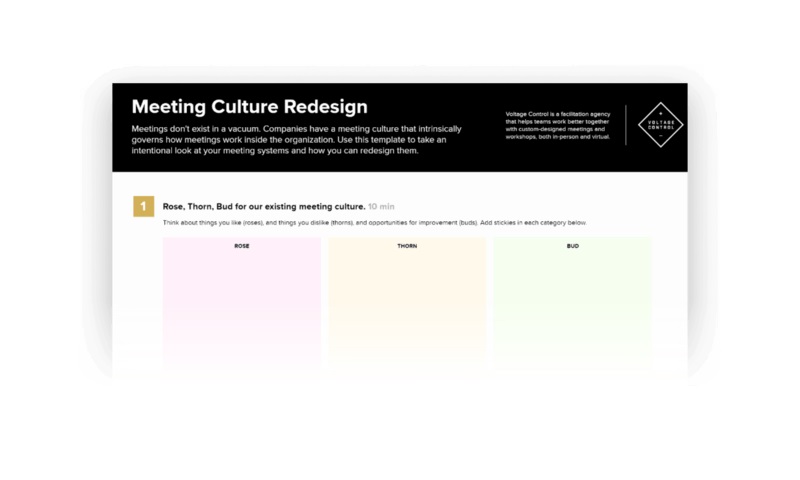
The iceberg model can help you create a permanent fix for short- or long-term issues. Breaking the ice begins with finding the “why” in each action, diving deeper, and making a shift in structure and processes. Having a clear understanding of organizational icebergs will help you make the necessary changes to your company.
The iceberg model can be broken down into four levels:
- Event
Consider “what is happening” within the company culture and how it presents in behavior and quality of work.
- Trends/Patterns
Understand what patterns exist within the company as you analyze the trends over time.
- Structure
Determine what is influencing the repetitive behavior to analyze the habits and structure behind the actions.
- Mental Models
Mental models are at the heart of every action and shape the underlying beliefs that motivate your team.
As you carefully consider your company’s organizational icebergs, you’ll be able to create a holistic shift in your company culture.
The iceberg model teaches that change begins at the bottom of the pyramid with beliefs and patterns. Consider the following example in which a company identifies a need for change and potential solutions:
Example:
- Event: People aren’t engaged at meetings.
- Pattern: People aren’t participating in meetings and deliverables aren’t being met.
- Structure: Team members don’t feel meetings are an efficient way to spend time and they believe the meetings are boring, unproductive, and stressful.
Management level: The company is used to daily 1-hour meetings, failing to consider that more dynamic models will lead to an improvement in performance.
- Mental Models: Employees are disengaged as they are forced to sit in daily meetings. Moreover, team members may not want to participate if they feel their voices aren’t heard.
Whether your meetings are mismanaged or you are hoping to take your gatherings to another level, it all begins with your meeting systems.
Meeting Systems Change Your Company Culture
Company culture is ever-changing. Company culture includes the beliefs, habits, assumptions, values, and visions that are at the core of your company. Your meeting culture is intrinsically tied to your company culture and the way you manage meetings will set the tone for your company culture as a whole.
Remember, your meeting culture should always embody your company culture, but if you have a troubled organizational culture, it will translate to your meetings as well. Breaking the ice is essential if you want to run successful meetings, promote collaboration and discourse, and allow for true vulnerability amongst participants. To experience a change in company culture, start by changing your meeting systems.
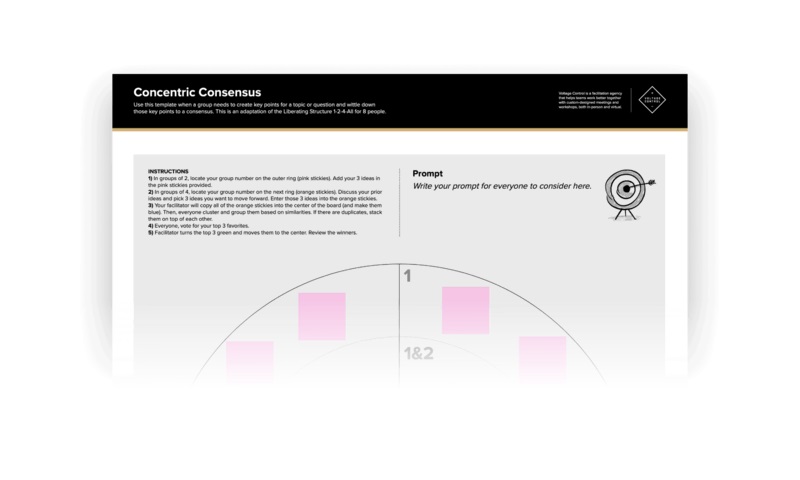
Meeting systems ensure that all meetings strategically align with your needs and company culture. These systems help to establish which operating models, performance criteria, and employee support are essential to running successful meetings. Upgrading your meeting systems will result in a shift in mental models, improved structure, and transformed patterns.
The most functional meeting systems offer support with the following:
- Continuous improvement and system maintenance to improve a meeting’s operating system as the company evolves
- Performance monitoring that ensures the meeting model results in the expected deliverables
- Appropriate meeting supplies, equipment, and facilities
- Technology that supports the execution and administration of all meetings
- Training in the skills and processes required for successful meetings
Best Practices for Selecting Meeting Systems
Breaking down your organizational icebergs starts with identifying best practices for running successful meetings and selecting a meeting system.
Meeting systems should take the following into consideration:
- Defining the Work
Appropriate meeting systems define the work that needs to be done, focusing on any items that require team input.
- Tailoring Meetings to Content
Effective meeting systems require focus. Facilitators should choose a single topic to focus on in each meeting.
- Determining the Meeting Frequency
Meeting frequency plays an important role in structuring sessions. Urgent topics and problems should be discussed regularly while less urgent topics may be discussed on a less frequent basis.
- Choosing the Length of Each Meeting
No two meetings need to feel the same. While some topics require more in-depth discussions, shorter meetings help to keep the energy in a session alive. Longer meetings should be reserved for topics that require more discussion and exploration.
- Planning for Overflow
Meetings that flow seamlessly rarely allow for extraneous discussion. Planning for overflow is an important strategy to ensure all meetings are as efficient as possible. An overflow session allows for additional discussion on topics that aren’t appropriate for other meetings.
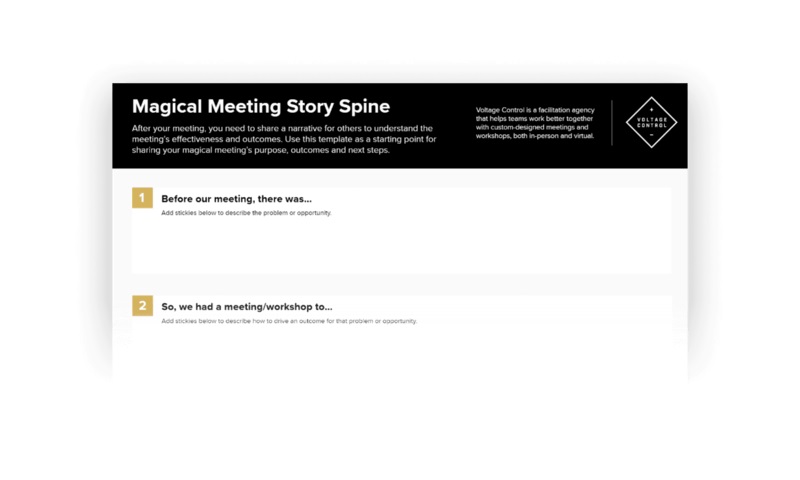
Making Meetings Magical
There are countless meeting systems available for organizations to effectively facilitate any type of meeting. Finding the best meeting system for your organization will improve your meeting culture while streamlining the process.
Not sure how to go about selecting the proper meeting system for your organization? Let our expert facilitators lead you through a meeting systems workshop. You’ll learn tips and tricks to improve your facilitation as you discover the best ways to incorporate organizational icebergs into a winning facilitation strategy.
Sign up with Voltage Control to learn more about our meeting systems workshop and how you can fast-track your meeting culture transformation.
This article was originally posted at VoltageControl.com
Image credits: Pixabay, Voltage Control
![]() Sign up here to get Human-Centered Change & Innovation Weekly delivered to your inbox every week.
Sign up here to get Human-Centered Change & Innovation Weekly delivered to your inbox every week.
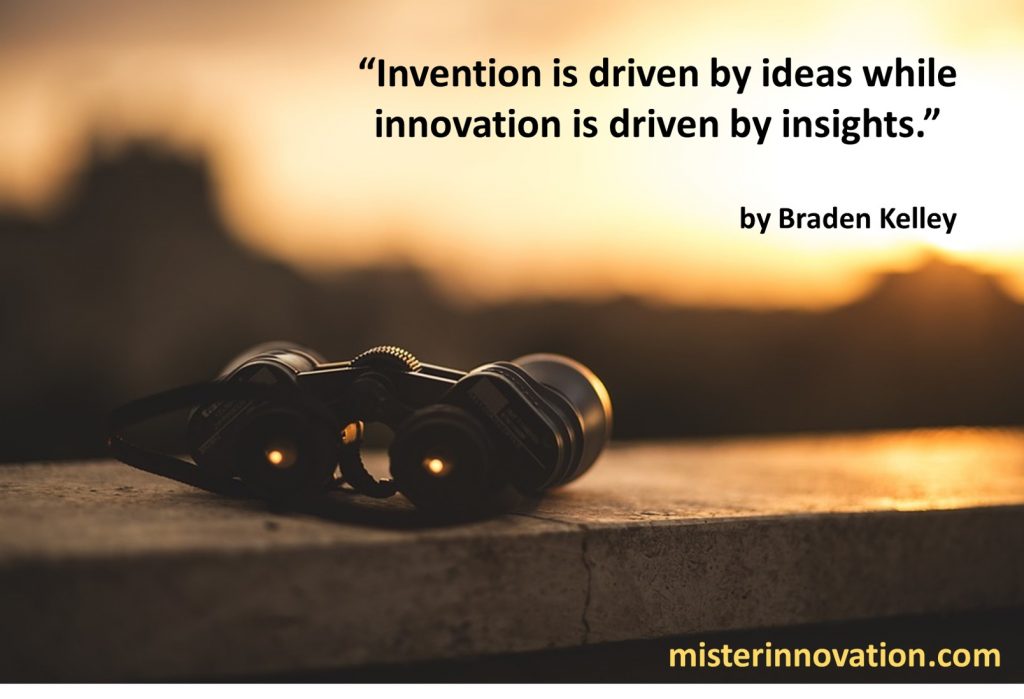
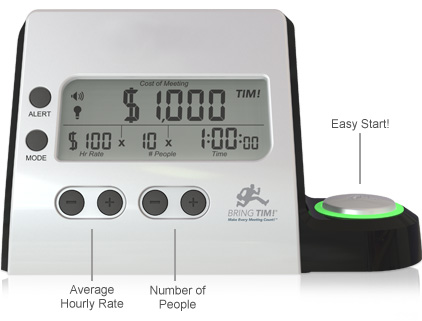


 I had coffee with a
I had coffee with a 